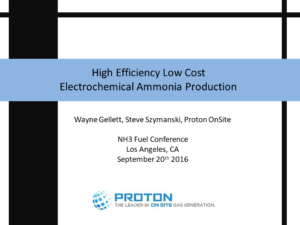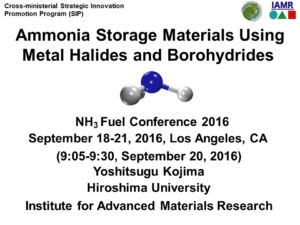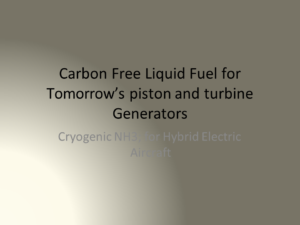Presentation
Developments in Electrochemical Ammonia Synthesis
Proton Energy Systems, d/b/a Proton OnSite, is a technology and commercialization leader in the field of membrane based electrolysis. The company was founded on the vision of utilizing electrolysis technology for the capture and storage of energy in high value applications. Recently, the concept of storing electrical energy in the form of a carbon neutral liquid fuel, particularly ammonia, has been gaining traction within the research investment community. Proton has been participating in collaborative research with the University of Minnesota to advance the system concept for distributed ammonia production using wind-derived hydrogen (via electrolysis) and subsequent conversion to ammonia using…





